The U.S. Government Accountability Office (GAO) recently released a much-anticipated report on Human Organ-on-a-Chip (OOC) technology—an innovation many have hailed as the future of drug development. But amid the headlines and speculation, Envol Biomedical’s Jacob McDonald urges caution, context, and clarity.
In a recent internal interview, McDonald—one of the field’s most respected voices in translational pharmacology and drug development strategy—offered a clear-eyed analysis of the GAO’s findings, including both the promise and current limitations of OOC platforms.
“It’s Not a Light Switch.”
According to McDonald, the allure of replacing animal models entirely with advanced in vitro systems like OOC has led to widespread misunderstandings, fueled by sensational headlines and aggressive marketing. “There’s been a lot of pressure recently suggesting we can just do away with whole animal systems,” he explains. “But that’s not a light switch. That’s a long-term aspiration at best—not today’s reality.”
Organ-on-a-Chip technology combines microfluidics, human cells, and tissue engineering to model aspects of human organ function. While promising, McDonald cautions that these systems cannot yet replicate the full complexity of a living organism. “Each of these tools—OOC, organoids, modeling platforms—have their place. But they also have unique limitations that make it impossible, at least for now, to replace whole-animal systems entirely in drug development.”
Key Challenges Identified by the GAO
The GAO report highlighted four major hurdles standing between OOC technology and broader regulatory adoption:
- Benchmarking and Validation
“One lab’s chip is not the same as another’s,” says McDonald. “Without standardized materials, procedures, and reference points, you can’t reliably translate results across different platforms—or into clinical relevance.” - Access to High-Quality Human Cell Sources
Human-relevant systems require human-relevant cells—but sourcing, characterizing, and maintaining consistent, diverse cell lines remains a serious challenge. McDonald adds, “You also have to think about population heterogeneity. One cell type doesn’t represent all humans.” - Data Sharing Infrastructure
McDonald calls this a “complicated mess,” noting that data fragmentation, lack of interoperability, and proprietary silos undermine the broader utility of these tools. - Regulatory Ambiguity
Existing frameworks like those from ICH and OECD are deeply rooted in whole-animal testing standards. “There may be niche regulatory applications where OOC systems could play a role,” says McDonald, “but that’s a far cry from full-scale replacement.”
Envol’s Dual Approach: Leading Today, Preparing for Tomorrow
Despite these limitations, Envol Biomedical is positioned as both a scientific leader in today’s regulatory landscape and a forward-thinking innovator aligned with the future.
“At Envol, we provide sophisticated whole-animal model systems for assessing drug safety and pharmacology—still the gold standard in regulatory science,” says McDonald. “But we also work closely with our sister company, Odin Biosciences, to reduce and refine animal use by supporting new assay development, biological matrix sourcing, and novel cell- and tissue-based tools.”
Odin, he explains, specializes in producing high-quality biological matrices from both nonhuman primates and human tissues, helping bridge the translational gap between animal studies and human clinical data. “Together, Envol and Odin offer the full spectrum—supporting traditional studies while also enabling next-gen approaches,” he says.
A Call for Informed Conversation
McDonald’s main message is one of balance and realism. “This isn’t Star Trek. The technology exists, and it’s evolving—but it’s not going to transform the entire drug development process overnight.”
He encourages open conversation—especially among drug developers and biotech innovators—about where these tools truly fit and how to use them wisely. “We welcome those conversations. We know the tools. We understand the context. And we’re here to help partners succeed—both now and in the future.”
Let’s Start the Conversation.
If you’re exploring the role of Organ-on-a-Chip systems in your drug development pipeline—or simply want a grounded, expert perspective—reach out to the team at Envol Biomedical. We’re ready to talk about the science, the systems, and the smart paths forward.

